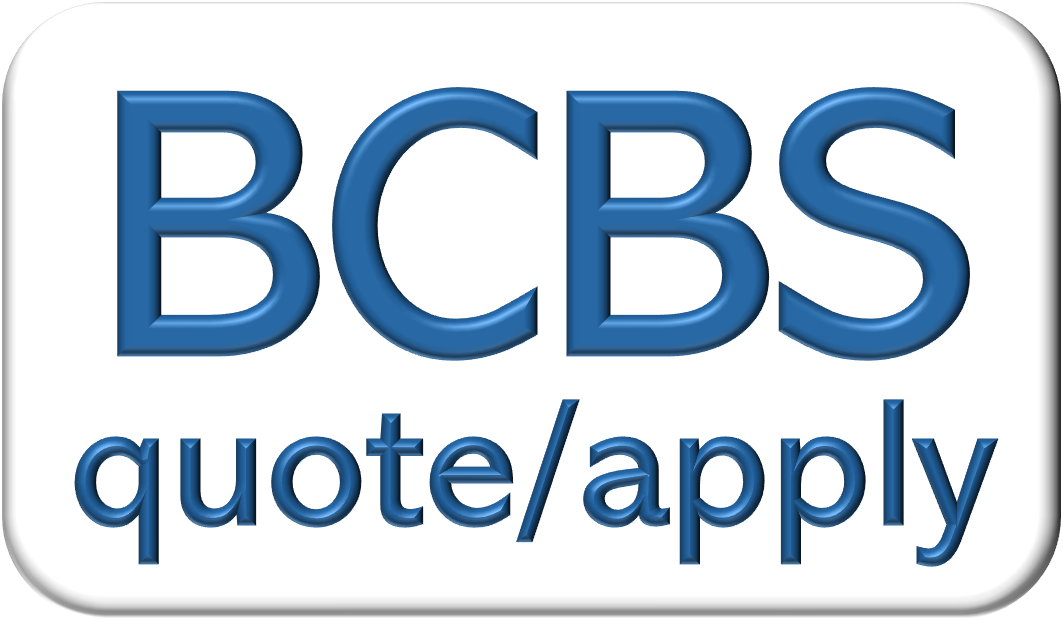How to estimate your income
For most people, you can use your household’s adjusted gross income for this estimate. If you know your adjusted gross income this year, use that and consider any changes you expect next year.
Estimate your income for the people in your household, based on what you think you’ll receive next year:
Wages - Salaries - Tips - Net income from any self-employment or business - Unemployment compensation - Social Security payments
In addition:
Rental income - Interest - Dividends - Capital gains - Annuities - Alimony - and some Retirement and Pensions
When you fill out the Marketplace application, a number called “modified adjusted gross income” (MAGI) will be used to determine your eligibility for lower costs on Marketplace coverage, and for Medicaid and the Children’s Health Insurance Program (CHIP). Generally, your household’s adjusted gross income plus any tax-exempt Social Security, interest, and foreign income you have. This will be determined when you apply through the Marketplace or your state agency. For Medicaid, it also matters if you’ve had a change in household income since your last tax return. When you apply you’ll need to tell them your household income now and estimate the amount for next year earnings, taking into account changes that you know about. Source: healthcare.gov.
Renewing members
- The Marketplace is re-determining subsidy eligibility for all on-Exchange members for next year.
- Renewing members must keep your income and household information up to date: Reporting income & household changes.
- These updates may change the coverage or savings you are eligible for in the Marketplace. Be sure you use the same user name and password as last year to log into your Marketplace account on HealthCare.gov.
Premium Tax Credit
A tax credit you can use to lower your monthly insurance payment (called your “premium”) when you enroll in a plan through the Health Insurance Marketplace. Your tax credit is based on the income estimate and household information you put on your Marketplace application.
If your estimated income falls between 100% and 400% of the federal poverty level for your household size, you qualify for a premium tax credit.
You can use all, some, or none of your premium tax credit in advance to lower your monthly premium.
- - If you use more advance payments of the tax credit than you qualify for based on your final yearly income, you may have to repay the difference when you file your federal income tax return.
- - If you use less premium tax credit than you qualify for, you may get the difference as a refundable credit when you file your taxes.
You can buy health insurance through other sources, but the only way to get a premium tax credit is through the Health Insurance Marketplace.
Premium Tax Credit and Cost-Sharing Reductions (Subsidy)
Individuals enrolled through an Exchange may be eligible for a Advance Premium Tax Credit and Cost-sharing reductions
Advance Premium Tax Credit:
When you buy health insurance coverage in the Marketplace, you may be able to get a premium tax credit that lowers what you pay in monthly premiums. This will depend on your household size and income.
Cost-Sharing Reductions:
When you apply for coverage in the Marketplace, you'll learn if you’re eligible for savings on out-of-pocket costs. Whether you qualify to save on out-of-pocket costs will depend on your household size and income.
- - Out-of-pocket savings apply only to Silver plans.
When you enroll in coverage through the Marketplace, you may be able to save money on out-of-pocket costs, including deductibles, copayments, and coinsurance. This is sometimes called “cost-sharing reductions.” The Marketplace cost-sharing reduction lowers the amount you have to pay for out-of-pocket costs like deductibles, coinsurance, and copayments.
Remember...
It’s really important to report changes to your income, address, and household information as soon as possible. If you don’t, your federal taxes could be affected.

Advanced Premium Tax Credit
Qualify for lower health coverage costs
When you use the Health Insurance Marketplace you may be eligible for premium tax credits and other savings on a private insurance plan
Save money in the Marketplace 3 ways (based on income and family size):
1. Lower costs on your monthly premiums
2. Qualify for lower out-of-pocket costs for copayments, coinsurance, and deductibles.
3. Qualify for free or low-cost coverage through Medicaid or the Children's Health Insurance Program CHIP*.
When you fill out your Health Insurance Marketplace application, you'll find out how much you can save. Most people who apply will qualify for lower costs of some kind. Source: healthcare.gov
*CHIP in Texas - Texas CHIP covers uninsured children in families with moderate incomes that are too high to qualify for Medicaid. You can find out whether your children qualify for Texas CHIP. Learn more about Texas CHIP.
Are you eligible
When Open Enrollment starts, fill out an application to see how much you and your family are eligible for if you qualify. Gather this information before you apply:
1
Savings depend on income and family size
If your income falls within the following range you'll generally qualify for a premium tax credit. The lower your income is within these ranges, the bigger your credit.
Run a quote to determine if you are eligable and for what amount.
If your income falls below these amounts, learn about Medicaid expansion & what it means for you.
Need help with finding out if you qualify for financial assistance, which can help pay your monthly premiums and reduce out-of-pocket costs?
Contact us, We're happy to help!



